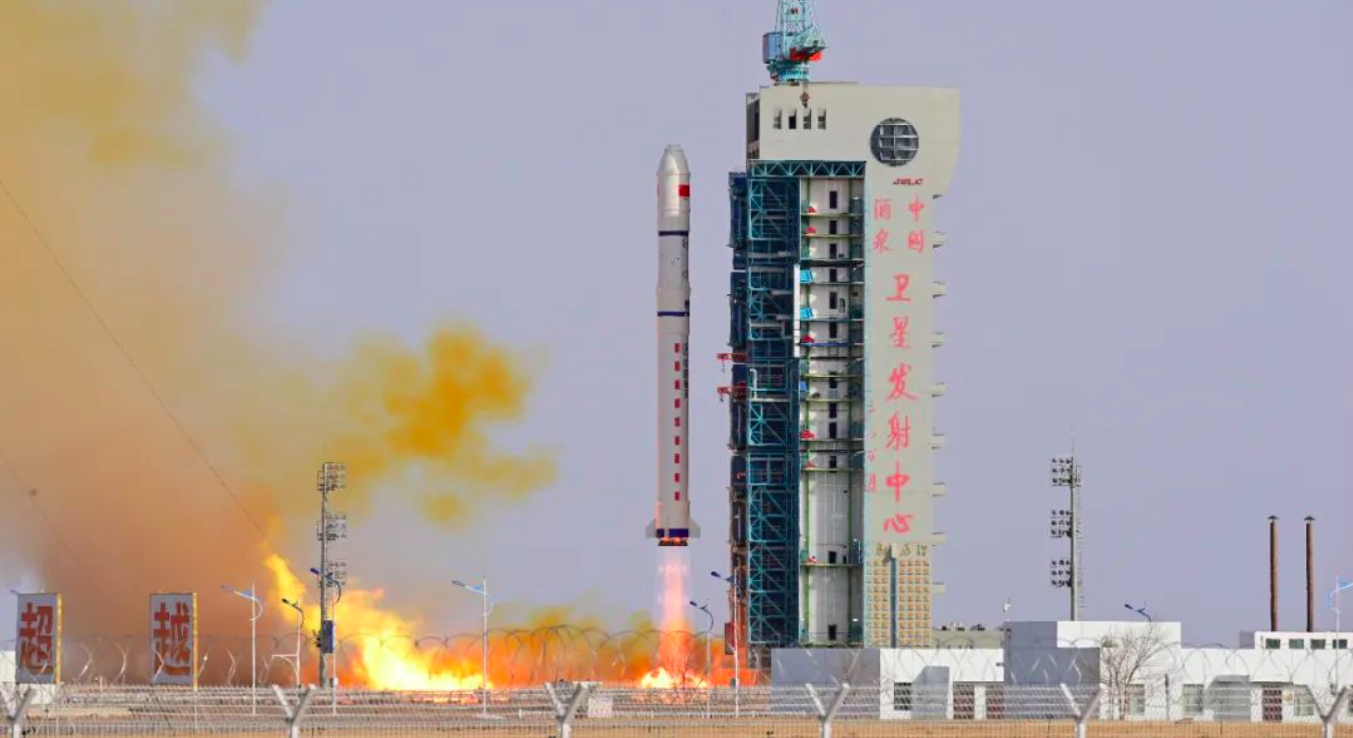China launches classified remote sensing and tech test satellites (video)
It's unclear what the Yaogan 37 and Shiyan 22A and 22B satellites will be doing in orbit.

China launched three new satellites last week, providing no details of the work they will do in orbit.
A Long March 2D rocket lifted off from Jiuquan Satellite Launch Center in the Gobi Desert at 2:00 a.m. EST (0700 GMT, or 3:00 p.m. local time) on Friday (Jan. 13), sending three classified satellites into orbit.
The China Aerospace Science and Technology Corporation (CASC), which produced both the rocket and satellites, announced the successful launch of the Yaogan 37 and Shiyan 22A and 22B satellites within an hour of liftoff.
Related: The latest news about China's space program
No details about the three satellites were provided. Yaogan 37 will likely boost China's ever-growing remote sensing capabilities, while the Shiyan designation is thought to apply to satellites testing new and untried technologies and payloads.
Chinese state media stated only that the three satellites will "mainly be used for in-orbit verification of new technologies such as space environment monitoring," as is typical for both the largely classified Yaogan remote sensing series and Shiyan satellites.
The U.S. Space Force's 18th Space Defense Squadron tracked and cataloged three satellites in roughly circular, 320-mile-altitude (515 kilometers) orbits with inclinations of 43 degrees.
Breaking space news, the latest updates on rocket launches, skywatching events and more!
The launch was China's fourth of 2023, with CASC stating earlier in January that it plans to launch more than 50 orbital missions this year.
Follow us on Twitter @Spacedotcom or on Facebook.

Andrew is a freelance space journalist with a focus on reporting on China's rapidly growing space sector. He began writing for Space.com in 2019 and writes for SpaceNews, IEEE Spectrum, National Geographic, Sky & Telescope, New Scientist and others. Andrew first caught the space bug when, as a youngster, he saw Voyager images of other worlds in our solar system for the first time. Away from space, Andrew enjoys trail running in the forests of Finland. You can follow him on Twitter @AJ_FI.
